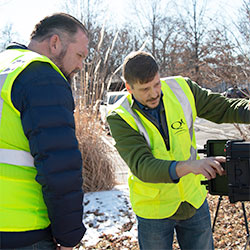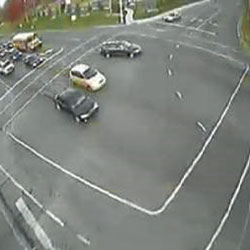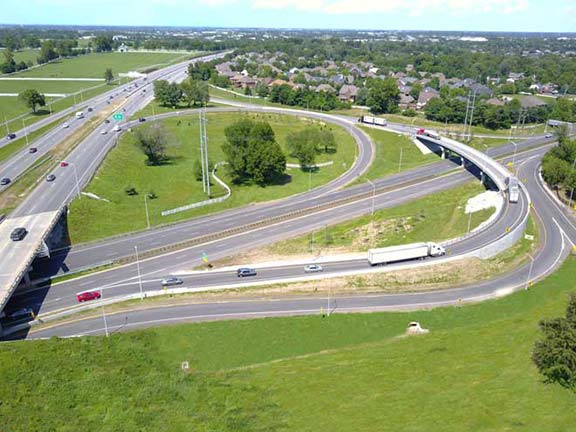Traffic Services
“We’re very pleased with QK4’s effort on this. You surpassed all the others in time efficiency and cost.”
Scott Thomson
Kentucky Transportation Cabinet, Central Office Planning
Without good traffic engineering, drivers could never get anywhere because traffic would grind to a halt or because there would be crashes all over the place, or both. Without good traffic engineering, developers could lose money on their properties because permitting agencies could reject or delay their projects. Without good travel demand modeling, transportation planners may make poor policy decisions and mistakes in their investments.
With good traffic engineering, travelers get around quicker and safer. With good traffic engineering, developers get their plans and permits approved in a timely fashion and earn a faster ROI. With good travel demand modeling, planners make solid investment and policy decisions that anticipate future transportation trends and needs.
At Qk4, we do good traffic engineering and travel demand modeling.
Because of our traffic impact study experience, our clients enjoy a high success rate at getting their projects approved and constructed.
Because we work in concert with our highway planning and design experts, we have healthy working relationships with state and local governmental agencies in our region.
To help our public and private clients succeed, we provide traffic data collection, trip generation, and traffic impact analyses for many project scenarios. Whether your project is straightforward or intricate, we will help you succeed. If you need a traffic impact study for your development site, please reach out to Jeremy Lukat (contact information is below).
Contact:
Jeremy Lukat, PE, PTOE
We’ve helped several cities convert standard span wire signals to decorative mast arm designs.
We’ve helped site developers get new or redesigned signals constructed at their entrances.
As part of an award-winning project for the University of Louisville, we converted two existing signals to decorative mast arms — and added one new one — to create a unique sense of place at one entrance to the university.
For all clients, we ensure that proposed signals are warranted by MUTCD standards, that they meet all MUTCD / KYTC design criteria, and that their designs are structurally sound.
- Make spot-on recommendations for project funding and investments
- Make solid policy decisions
- Plan adequately for future transportation issues, trends, and needs
- Accurately represent travelers and underserved communities, and
- Comply with NEPA regulations.
Contact:
Steven Trevino
The realistic simulation also allows traffic engineers to evaluate how an entire corridor operates efficiently . . . or not. For example, you can see how traffic jams at one intersection can create slowdowns and safety issues at other intersections and all along the corridor.
What’s more, microsimulation helps you demonstrate to stakeholders what is going on now and how changes would work, so that you get their buy-in on proposed improvements. Our microsimulation team can help you with your traffic modeling needs. To learn more, please be sure to reach out to Jeremy Lukat (contact information is below).
Contact:
Jeremy Lukat, PE, PTOE
Solving the problem starts with understanding the current situation. To collect existing conditions, we typically use a combination of technology and plain, old-fashioned legwork such as setting up Go-Pro video cameras, using Miovision connected cameras, attending event preparation team meetings, interviewing and observing traffic police, and conducting field observations.
Using that information, we will identify root causes and opportunities for improvement to contrast what was supposed to happen instead of what was happening. Depending on our findings, we may recommend a combination of changes, for example, improved signage and messaging, changes to parking, different exiting routes, actions to minimize pedestrian-vehicle conflicts, or all of the above.









